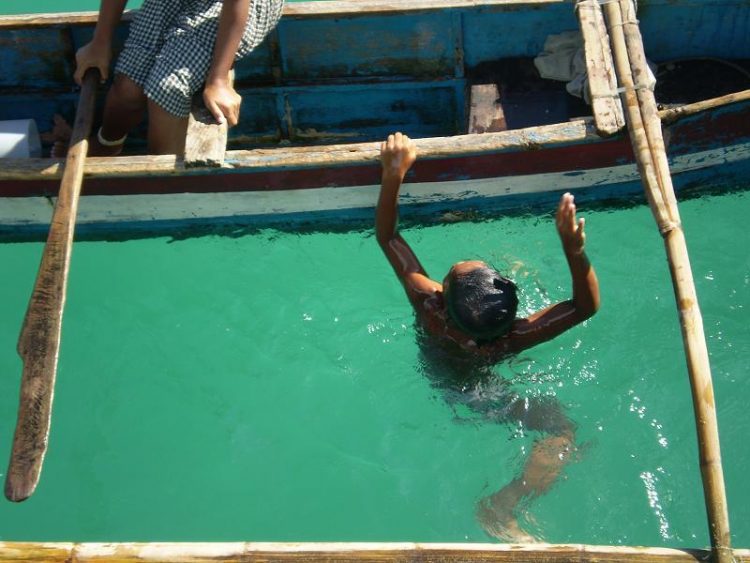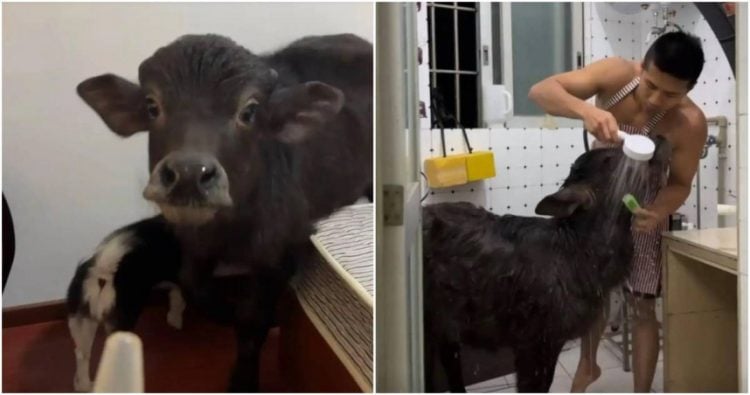Known as ‘Sea Nomads’, the Bajau people have wandered the waters of southern Asia for thousands of years, living in house boats and free diving for fish. They’ve long been known for their ability to stay underwater for long periods of time, but until recently, no one really knew how they were able to keep their breath for so long.
According to a recently published study from Cambridge University, the Bajau people have 50 percent larger spleens than their land-dwelling neighbours, which plays a key role in how long they can stay underwater. It plays a key part in what’s known as the “human dive response” or “dive reflex”, preferentially distributing oxygen to the brain and heart, and enabling submersion for long periods of time. As the heart rate slows, blood is directed to the vital organs, and the spleen contracts to push oxygenated red blood cells into the circulation. In an average person, the spleen can boost oxygen levels by 9 percent, but even more in the case of the Bajau, due to its unusually large size.









